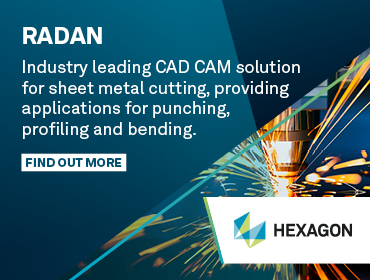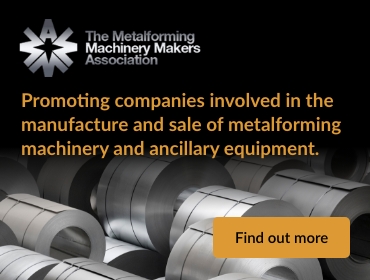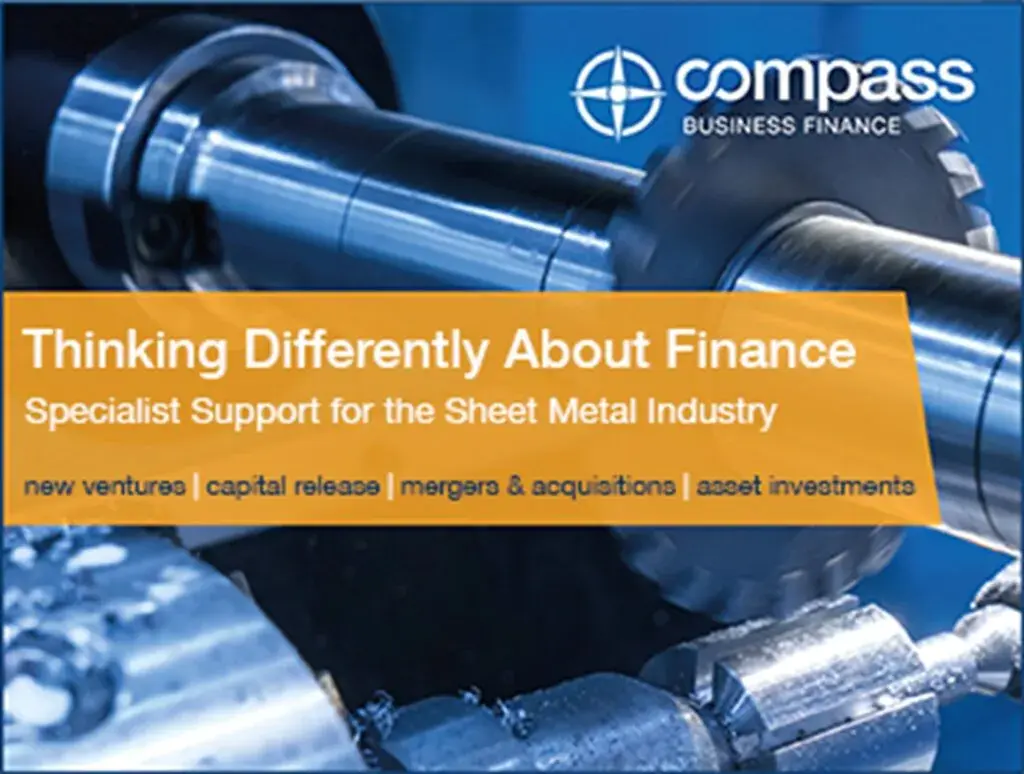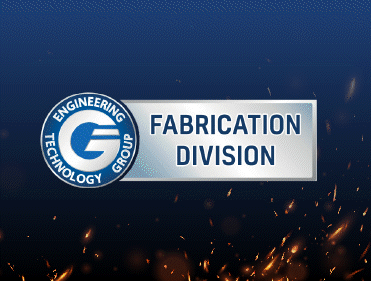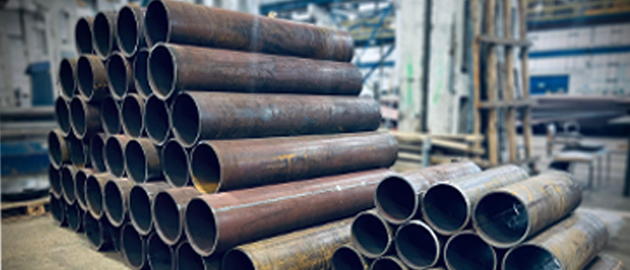
In the case of cold bending, it relates to the strain that occurs when a section is bent (curved) as the outer surface expands and the inner surface of the bend contracts.
As a general rule as long as the strain is kept to below 4%, then the change from stain harden is very small and the material remains within the specification of the material for example S355.
Steel sections (usually steel tubes) can also be bent or curved using the Induction bending process, where changes in mechanical properties occur during hot bending and post-bending cooling, which is the main influence, rather than the strain in the material.
Structural Engineers need to be aware that when a process involves heating the section in a temperature range of 850 -1100 degrees C transforms structural steel to an austenite structure. The section is the cooled at a rate fast enough to suppress the transformation to ferrite which would normally occur. The steel instead transforms to a hard needle-like constituent termed martensite. The process is, therefore, in effect a hardening process and needs to be followed by a tempering one.
The bends can be subsequently normalised in a furnace.
The offshore and the petrochemical industry have been aware of this problem for many years since the induction bending process began in the 1970’s and insist on post bending heat treatment.
These industries operate in tough environments but in many of today’s structures using tubes, and hollow sections can also be demanding in that the full properties of the section are required and any diminution of these, especially regarding toughness should be avoided.


